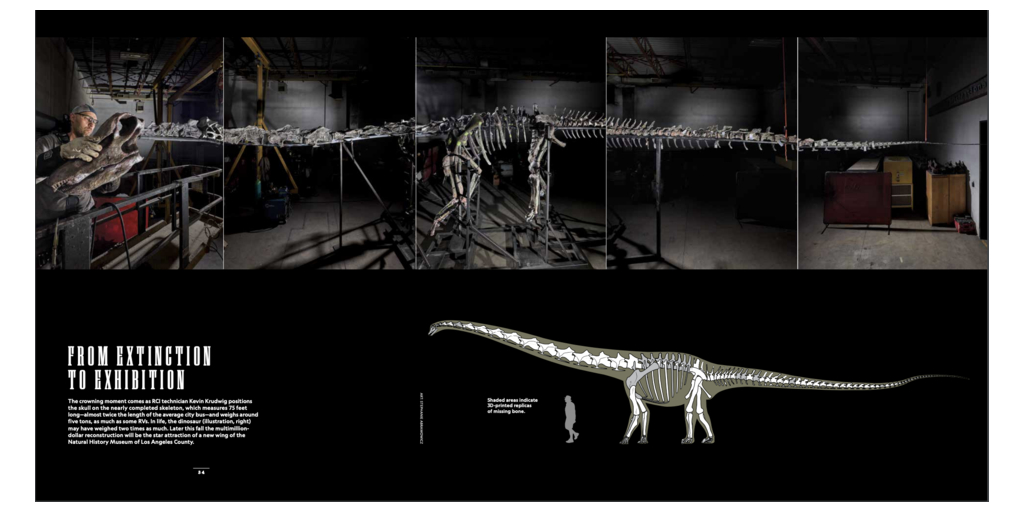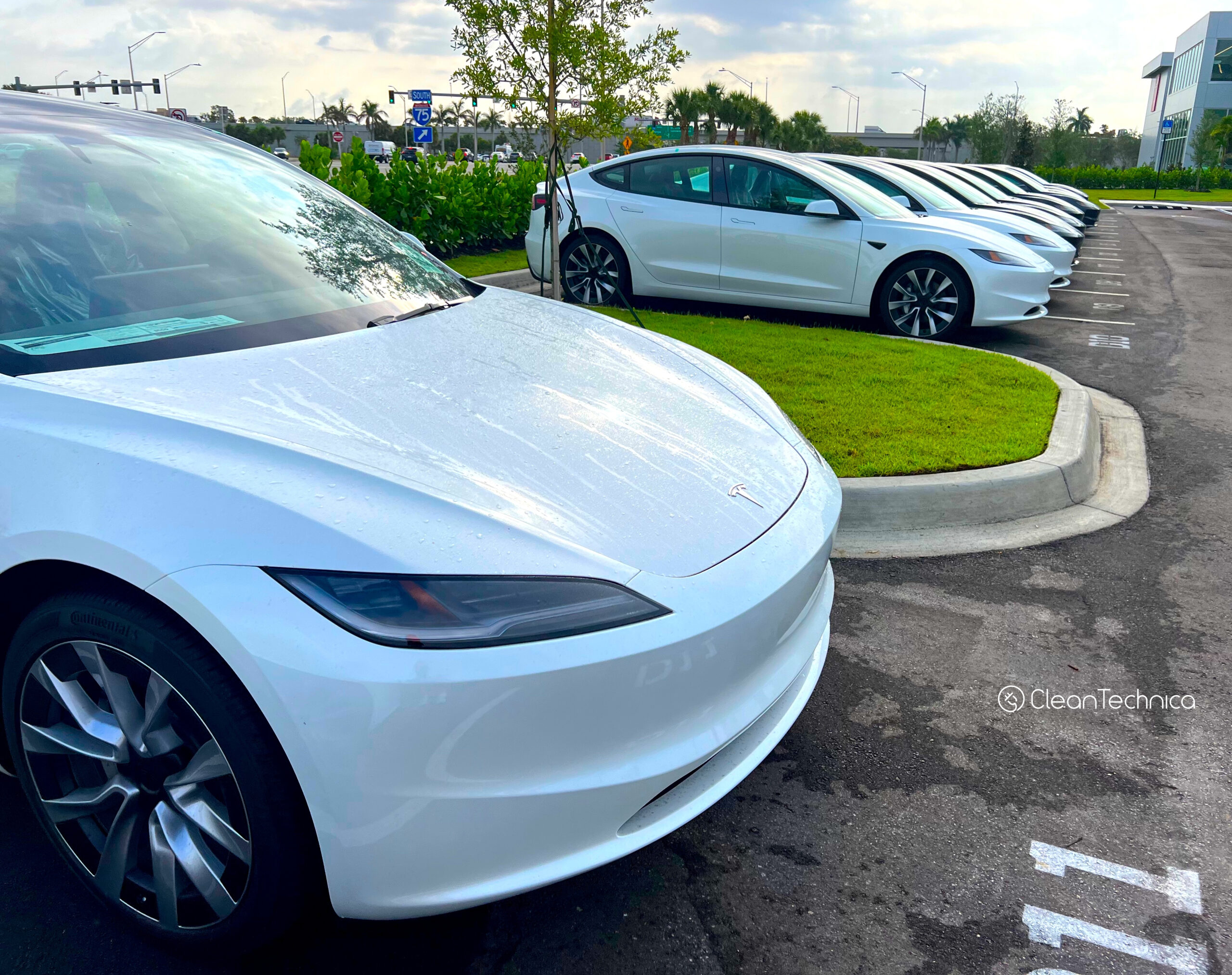
Recently I had the opportunity to talk with a few hundred mostly Australian participants in a Smart Energy Council webinar. It was organized to exploit my unusual timezone alignment with Oz as I spend a few weeks in New Zealand as a digital nomad. Over 600 signed up, many from other time zones to get access to the recording.
There were far too many questions to answer during the event itself. The organizer Steve Blume, former President of the Council, and I thought it would be useful to answer most of them in articles and share with the registrants as well. This is the second of a few articles with responses, which will be aggregated and shared by the Council as well for participants. The first article was on aviation and maritime shipping questions.
The framing of my prepared remarks was the Radical Electrification of Transportation. I’ve published a lot on the subject as I’ve dug through most modes over the past 15 years.

Intro slide to Michael Barnard presentation to Australian Smart Energy Council webinar
To summarize my presentation, all ground transportation will electrify. That’s cars, trucks, buses, utility vehicles, trains and mining vehicles. All inland shipping and two-thirds of short sea shipping will electrify, with only the longest routes requiring biofuels. Shipping and rail will also drop in tonnage due to removal of bulk fossil fuels from loads. Aviation will be disrupted by electric regional air mobility, autonomous flight, and digital air traffic control, and only trans-oceanic flights will require biofuels in 50 years.
That means the billions of tons of fossil fuels per year requirement for extraction, processing, refinement, and distribution are going away and being replaced by tens of millions of tons of technology metals such as lithium and cobalt, as well as a few hundred million tons of biofuels for aviation and maritime shipping. That’s all very doable.
The prepared remarks skimmed over all of that in 30 minutes or so, leaving far too little time for questions, and so I’ve chosen to respond to most of them in writing.
Biofuels
What are your thoughts about the relative value of using animal dung for fertilizer instead of biofuels?
Well, I’m not a big fan of E. coli in our food ecosystem. That stuff is nasty. But given the vast volumes of biomass we waste between agricultural waste, wood waste, livestock dung, and food waste, I see absolutely no constraints in terms of uses. What I see is a lack of serious pricing of carbon dioxide and other greenhouse gases that make better use of biomass waste economically viable.
What are your thoughts about the relative value of biomass for feedstocks for chemicals instead of sustainable transport fuels?
We will still be extracting oil in 2100, we’ll just be using it for creating durable goods and as a source of chemical industry feedstocks. About 20% of a barrel of oil today isn’t burned but instead is used in much less problematic ways, and we’ll still be doing that where we haven’t replaced oil with biological feedstocks. Oil isn’t the problem, the CO2 from burning it is.
But don’t biofuels pose a land use/clearing problem, and possible food competition problem?
No. First generation biofuels have problems. But we won’t be wasting food crops on biofuels in the future.
Stalk cellulosic ethanol to diesel and kerosene has enough biomass in just the stalks from existing corn, wheat, and rice to power all of the aviation that won’t electrify, in my projection.
That’s one of ten feedstock pathways for biofuels. We throw away 2.5 billion tons of food annually, and a lot of that waste is concentrated at food processing plants, distribution centers, big grocery stores, and cities where it’s easily collected. A ton of dried biomass turns into about a 0.4 tons of biofuel. Do the math on that one.
Europe alone has livestock dung production of about 1.4 billion tons a year. Same math.
All ground transportation will electrify. All inland shipping and two-thirds of short-sea shipping will electrify. Most in-continent aviation will electrify.
Biofuels are only required for longer haul maritime shipping and aviation, and we waste vastly more biomass from food, agriculture, livestock dung and timber than we can possibly use for the requirement.
HVDC Transmission
Do you have comments on the ability for HVDC production to ramp up to provide the interconnection you reference? What do you think is the timeframe for that ramp up?
HVDC is the new pipeline and requires aluminum as a conductor. That’s what transmission uses, not copper. Aluminum is the most common mineral in the earth’s mantle at about 8.3% and we use electricity for most of the energy required already. Xlinks ran into a supply issue for HVDC and set up its own factory to manufacture the stuff. It’s not hard to do, we just have a market signal that’s just starting to percolate through. And among other things, China is manufacturing scads of the stuff and would be happy to sell it to other countries.
For Japan, how do real geopolitical issues play into the scenarios? Cables for HVDC power from China and Russia for renewables from land-rich neighbors is obviously a problem.
That’s an interesting perspective. Japan’s biggest trading partner is China, about 700 km away through the shallow South China Sea. South Korea, its fourth biggest trading partner, is 200 km away across the even shallower Korea Strait. The Philippines, another big trading partner, is 1,600 km away, but that length is far from the longest underwater HVDC cable being planned and built these days. When Russia stops being a rogue state in a decade or two, it’s close as well. Why exactly is trade in electricity different than trade in everything else Japan trades with its regional neighbors?
Just as Europe, ASEAN, the United States, and China are leaning into strategic energy interdependence with their neighbors, Japan will as well. Or its economy will wither to a fraction of its current size and it will become an economic basket case.
And of course those shallow waters are great for massive offshore wind farms too. Why isn’t Japan leaning into this shallow water, high-wind resource?
That Japan has been deeply irrational and thinks it’s going to multiply its economy’s energy costs by at least a factor of ten is no reason to think that it will succeed in doing so, that Australia should be betting on it succeeding or that Japan will not pivot to sanity eventually.
What is your view on the exporting of energy via cable across nations (e.g. Australia to South East Asia)?
I think the Sun Cable is just the start of a web of HVDC that will link APAC. I’m pleased Forrest is out of the picture and off playing with hydrogen so that there is less conflict in moving the project forward, as I’m sure will happen.
Having lived in Singapore for a couple of years, and having more and deeper connections there than I did when I was there, oddly, I know how much HVDC interconnects are picking up in ASEAN. And I’ve been paying a fair amount of attention to China’s burgeoning Supergrid as well. Tying Australia into the APAC electricity interchange is very reasonable. I expect connections to the Philippines and Indonesia will emerge in the coming years.
What about interconnecting the power lines around the world to make a global grid?
China proposed that in 2016. The head of its national electricity utility and grid proposed a trans-polar HVDC set of connectors to join all the northern hemisphere continents. Running North America’s peak on Mongolian wind and Beijing’s night life on Great Plains solar has a great amount of appeal.
I think that’s still going to happen. It’s only a couple of trillion dollars of capital cost, a fraction of the world’s annual GDP. Politics are getting in the way of thinking about that right now, but as the USA continues to move through the phases of empire to become the next UK or Holland (both former global empires), and China ascends to become the dominant global economy, although with few signs of imperial expansionism by comparison, the tensions will eventually ease. I’d recommend reading Ray Dalio’s Principles for Dealing with the Changing World Order: Why Nations Succeed and Fail.

Could you clarify what happens to remotely generated renewable energy, e.g. offshore wind, at times when the network to which it is connected cannot use it?
Nothing. If the network can’t use it, the source of generation is curtailed. We lower annual capacity factor of the form of generation. That’s exactly what we are doing with coal, gas, and hydro generation today. We don’t have some magical mix of capital assets that generate 100% of their capacity with no downtime and are somehow still matching demand perfectly today, and we won’t have that tomorrow.
We’ll overbuild renewables just as we overbuilt every other form of generation except for nuclear. We’ll build more transmission with HVDC with higher energy capacities and higher efficiency. We’ll build storage to shove electricity in, mostly pumped hydro, in my opinion. We’ll have some stochastic industries that suck up demand.
And we’ll curtail wind and solar some of the time. It’s easy to do because they are both trivial to turn down with SCADA technologies. We’ll run a bunch of them under maximum generation to provide backup and power management. They are flexible forms of generation and we’ll flex them.
Curtailment due to transmission network issues is a temporary problem, and not one to bet on for the longer term. My focus is decades. If you can make a business case for land-side North Seas use of curtailed electricity with some manufacturing facility, fill your boots, but don’t expect that the transmission which leaves electricity lying around for cheap use will stay constrained.
Many more questions were asked on topics like the end of fossil fuels, geopolitics and sea bed mining. Keep an eye out for more Q&A articles coming shortly.
I don’t like paywalls. You don’t like paywalls. Who likes paywalls? Here at CleanTechnica, we implemented a limited paywall for a while, but it always felt wrong — and it was always tough to decide what we should put behind there. In theory, your most exclusive and best content goes behind a paywall. But then fewer people read it! We just don’t like paywalls, and so we’ve decided to ditch ours. Unfortunately, the media business is still a tough, cut-throat business with tiny margins. It’s a never-ending Olympic challenge to stay above water or even perhaps — gasp — grow. So …




_Logo_Color.jpg)